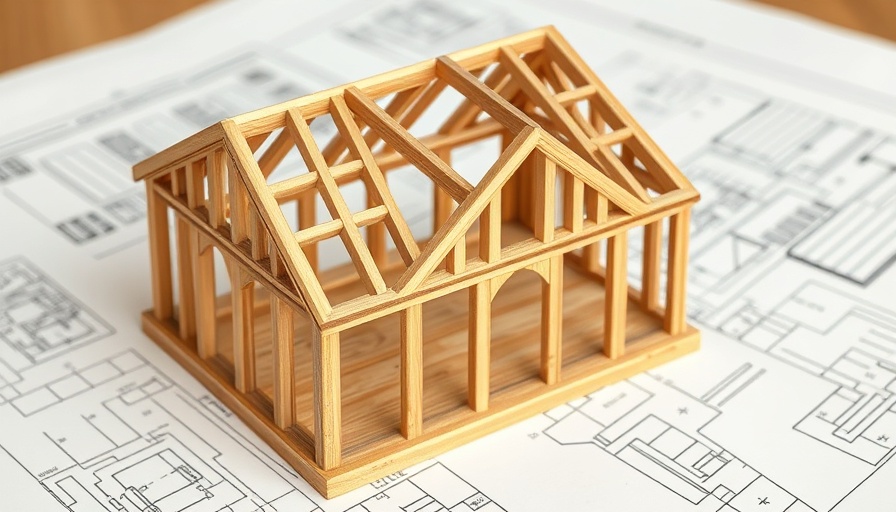
Understanding Today’s Housing Market: Myths vs. Reality
The current headlines might scream about new home inventory reaching levels not seen since 2009, but let's take a closer look before we hit the panic button. Many of us remember the housing crash of the late 2000s, and understandably, we may feel apprehensive when we hear terms like "oversupply". However, it’s essential to strip away the sensationalized narratives and seek clarity beneath the surface.
What Makes This Market Different?
While it’s true that the number of new homes available has surged, this statistic alone doesn’t convey the entire story. In fact, when we graphically visualize these figures, it becomes evident that 2009 was a year marking the tail end of the construction boom that preceded a downturn. The real peak of oversupply occurred during 2007 and 2008, not in 2009 when the industry’s construction rates were already dwindling.
The Underbuilding Dilemma: A Cautionary Tale
After the crash, builders did something unprecedented: they dramatically pulled back on production. This understatement lasted more than a decade and led to a chronic housing shortage that continues to reverberate through today’s market. The Census data for the last 52 years shows a stark contrast between the overbuilding years that led up to the 2008 crash and the subsequent years of insufficient construction.
Unlike the past, today’s builders are not contributing to an oversupply. They are actively attempting to rectify the lingering absence of homes that buyers desperately need. A highlight from industry expert Odeta Kushi pinpoints this development, emphasizing that increased home construction translates to more choices for home buyers, which is a welcome shift for a previously strained market.
The Bigger Picture: Local Markets Matter
It's important to remember that the housing supply and demand dynamics vary across different regions. Some areas may have more newly constructed homes than others. However, understanding the national overview, there is no cause for alarm. The current uptick in new homes on the market signals progress, not a crisis. Builders are simply catching up with long-standing demand.
What This Means for Prospective Home Buyers
For those on the hunt for a new home, the increased availability of newly built properties offers a host of opportunities. Buyers can expect more options, empowering them to make informed choices without the pressures of scarcity. Ultimately, this shift aims to promote a healthier real estate market, one that encourages stability and growth.
To sum it up, the number of newly built homes entering the market is not a harbinger of doom but an indicator of recovery. If you’re contemplating your next steps in homeownership—whether buying or selling—connecting with a local real estate agent can offer tailored insights and guidance. Your local market has unique characteristics, and staying informed will empower your decisions.
Embrace the opportunity in today’s housing market, and don’t hesitate to explore how increased inventory can work to your advantage. Finding the right home in times like these may unlock the door to the community of your dreams!
 Add Row
Add Row  Add
Add 




 Add Row
Add Row  Add
Add 
Write A Comment